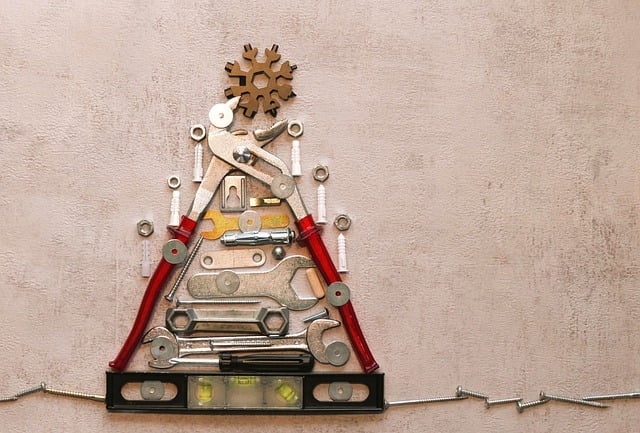
“Decoding the Impact: Noise Level in Hardware Components”
Understanding Noise Level in Your Hardware Components
When we talk about hardware, most of us immediately think of performance, speed, and reliability. However, one crucial aspect often slips under the radar—the noise level generated by these components. Whether you’re a gamer, a professional working on intensive projects, or just someone who values a quiet workspace, the noise emitted by your hardware can significantly impact your experience.
What Does Noise Level Mean in Hardware?
Noise level refers to the sound intensity produced by hardware components such as fans, hard drives, power supplies, and cooling systems. This is typically measured in decibels (dB). While a slight hum might be tolerable, excessive noise can lead to distraction, fatigue, and even stress over time.
Why Should You Care About Noise Levels?
Imagine working late on a critical project or immersing yourself in a game, only to be interrupted constantly by loud, whirring fans or rattling hard drives. This isn’t just annoying—it can decrease productivity and reduce your overall satisfaction with your setup.
Furthermore, higher noise levels can indicate hardware under strain or inadequate cooling solutions, which might affect the longevity of your components. In essence, paying attention to noise levels is not just about comfort, but also about maintaining the health of your system.
Common Culprits of Hardware Noise
- Cooling Fans: Often the loudest parts, especially when running at high speeds under heavy load.
- Hard Drives: Mechanical hard drives produce clicks and whirs as they operate.
- Power Supplies: Some PSU models come with fans that can increase noise.
- Optical Drives: While used less frequently, they can still add to noise when active.
How to Manage and Reduce Noise Levels
Managing noise levels starts with selecting the right components. Look for parts designed with silent operation in mind—fans with fluid dynamic bearings, SSDs instead of mechanical drives, and power supplies with smart fan controls.
Additionally, regular maintenance, such as cleaning dust from fans and heatsinks, can prevent excessive noise caused by clogged components. Another tip is to use sound-dampening materials inside your PC case or opt for cases built specifically for silent operation.
Final Thoughts
The noise level in hardware components is more than just background sound; it shapes your interaction with technology daily. By understanding, monitoring, and managing this aspect, you can create not only a high-performing but also a comfortable and enjoyable computing environment.



